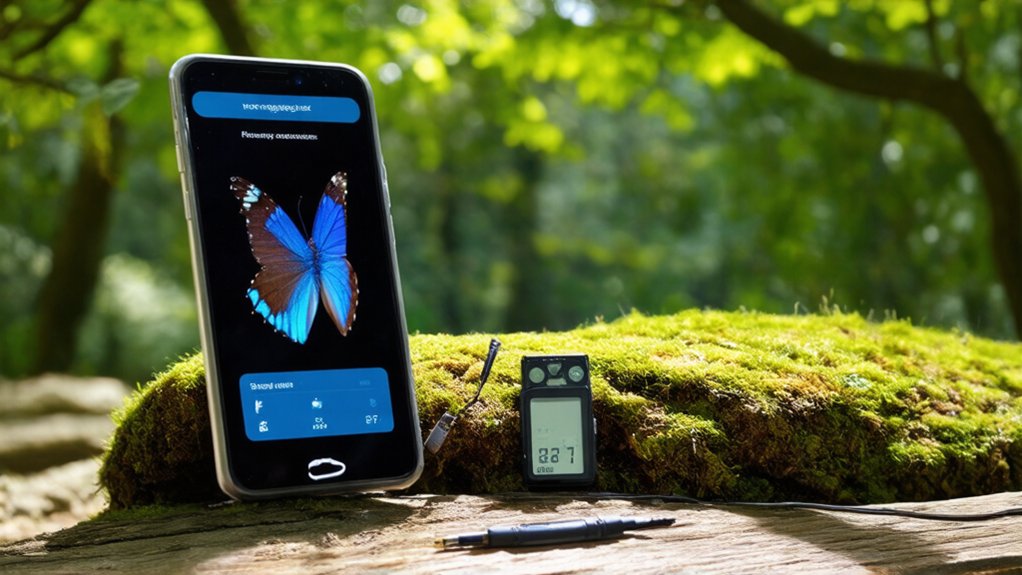As the digital world collides with the wild, building an AI nature app starts with nailing down its goals—think spotting species or tracking environmental data, no nonsense involved. Developers first specify a clear problem, like identifying birds in a forest or monitoring pollution levels. They align objectives with user needs, making sure the app appeals to nature lovers who want real results. KPIs get set, tracking things like identification accuracy or user engagement rates. Features are prioritized based on impact, focusing on what boosts nature interaction. Oh, and scalability? It’s a must, so the app can grow without crashing and burning.
Next up, research and market analysis hit the scene, cutting through the hype. Existing apps get scrutinized for gaps—maybe one app sucks at recognizing rare insects. User demographics, like eco-enthusiasts in their 20s, are studied to tailor features. Technological trends, such as advanced sensors, are examined, but don’t forget ethical landmines like data privacy regulations. Competitive edges emerge through clever AI tricks, like faster image recognition that leaves rivals in the dust. Sarcastic side note: Who knew turning pixels into plant IDs could be a game-changer?
Dive into research and market analysis: Scrutinize app gaps, tailor for eco-enthusiasts, and outsmart rivals with faster AI tricks—who knew pixels could ID plants?
Data collection follows, messy but essential. Diverse datasets come from public APIs or user uploads, then get cleaned up—because garbage in means garbage out. Images and sounds are augmented for better AI training, structured with metadata on species and locations. Biases? They’re hunted down ruthlessly to keep things fair. The team implements data splitting techniques to ensure robust model evaluation.
Model selection gets tactical. Convolutional neural networks handle image tasks, while frameworks like TensorFlow offer easy integration. Cloud platforms scale things up, and tools for continuous learning adapt to new data. It’s all about balance—complex models for accuracy, but not so heavy they lag on a phone.
Training the AI model is where the magic, or frustration, happens. Datasets feed into deep learning algorithms, fine-tuning for precise identifications. Validation checks prevent overfitting, optimizing for speed. To ensure the app is accessible, developers adhere to accessibility standards in the design.
Finally, app development focuses on user-friendly interfaces, with photo uploads and GPS features. Educational feedback engages users, and community sharing builds a network. Moreover, the app incorporates continuous learning to enhance its accuracy through user interactions. It’s raw, emotional work—watching a simple idea evolve into something that connects people to nature, no fluff, just impact.




